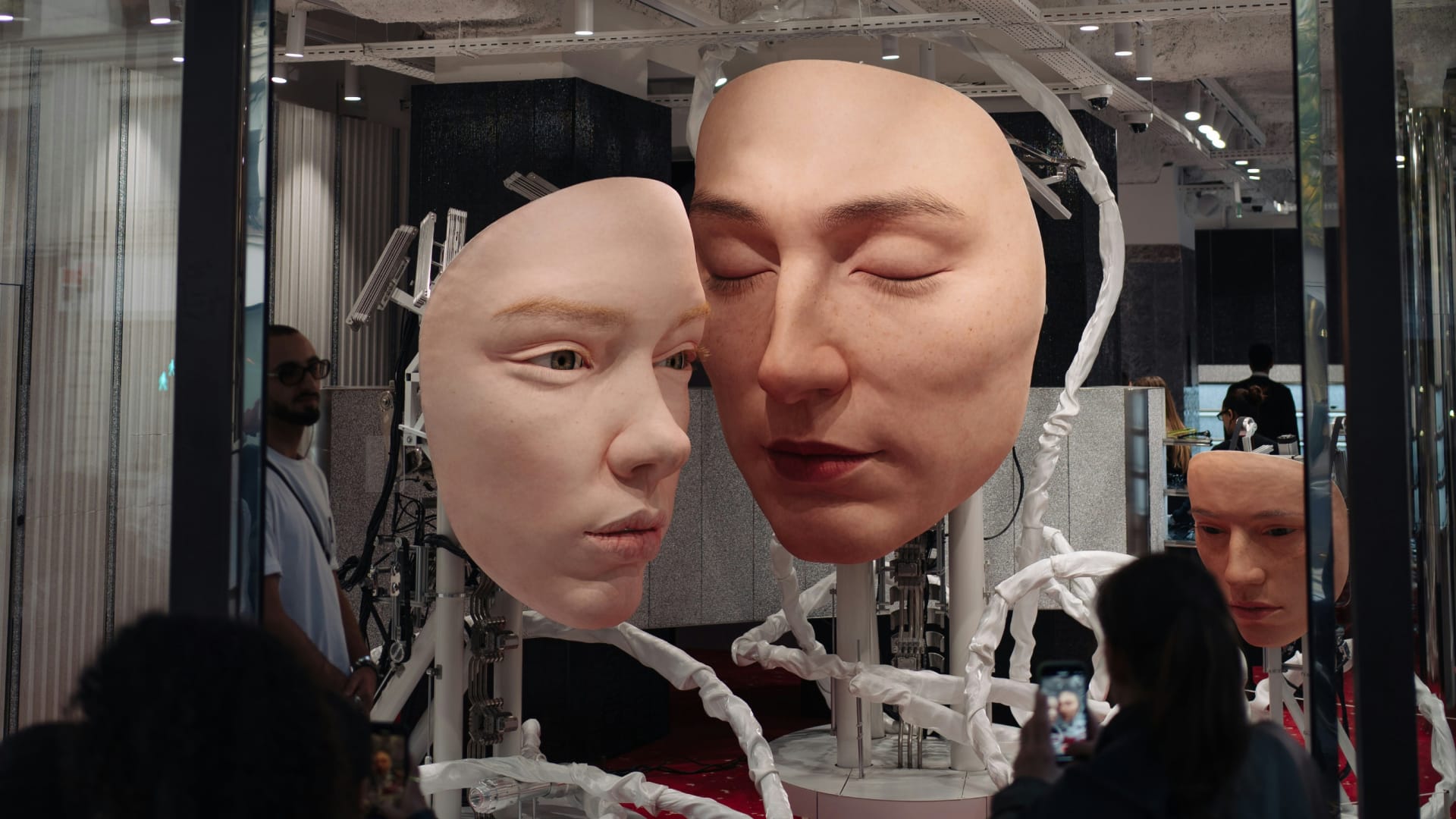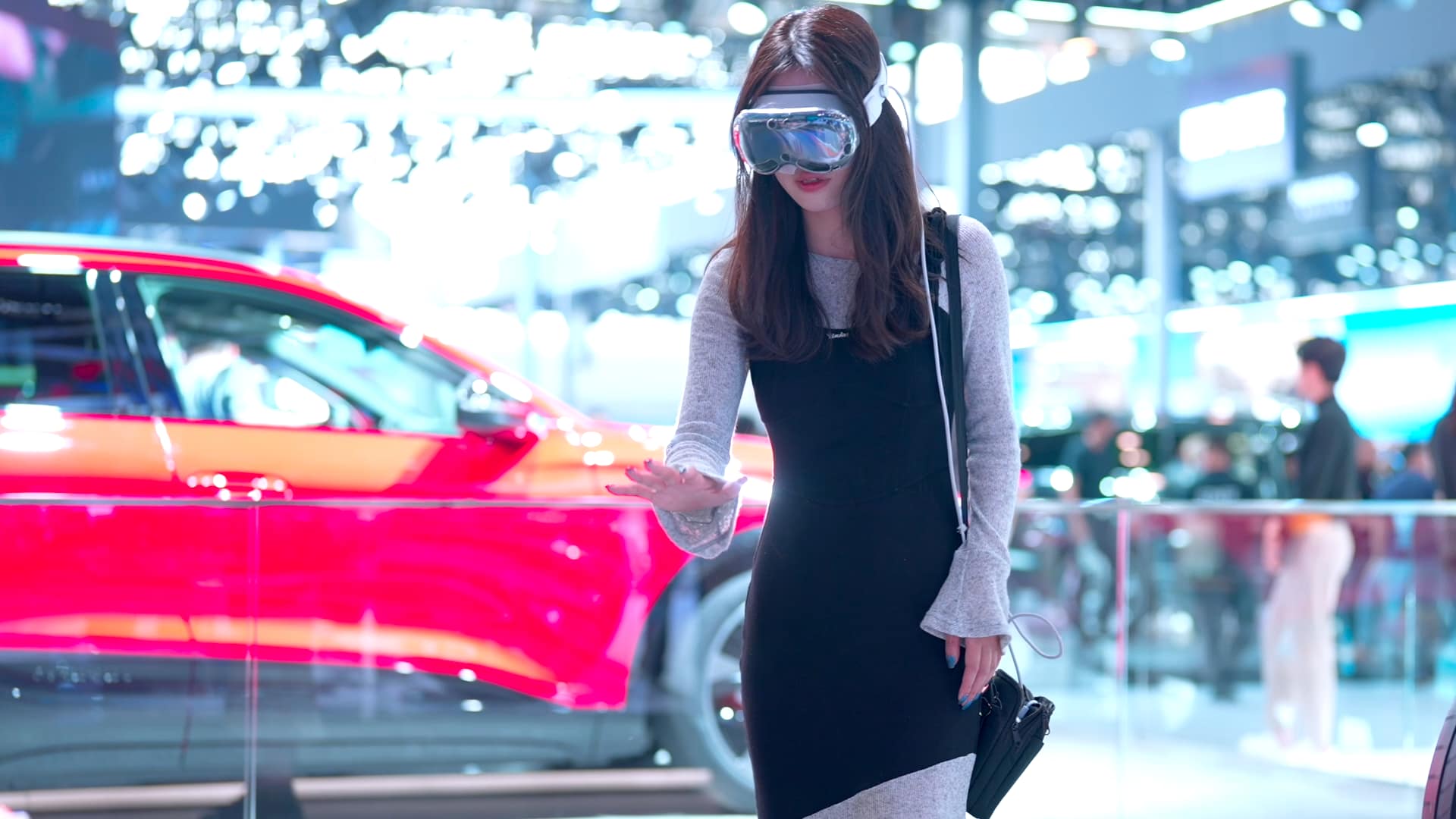
This article first appeared in Shots written by, Esther Scriven, Senior Creative Strategist from our London studio.
The ‘Taylor Swift effect’, a term that has gained traction in the last year, describes the profound influence of the 34-year-old musician, both inside and outside the music industry. Considering the past six months, her presence at the Super Bowl was always going to make headlines.
The news of Swift’s relationship with NFL star Travis Kelce took the internet by storm in September last year, resulting in widespread awareness of the seemingly unstoppable force of the Swift fandom which has reportedly boosted the brand value of the NFL and the Chiefs by $331m (£260m).
According to Forbes, after Swift was spotted at one of Kelce’s NFL games, there was a reported 400 per cent increase in jersey sales and her attendance at another game drew a staggering 27 million viewers, the highest for a Sunday night game since the last Super Bowl, owing largely to increased viewership from young women.
NFL commissioner Roger Goodell has acknowledged the power of the ‘Taylor Swift effect’, recognising how it is having a profound impact on the fanbase of America’s national sport; ‘It creates another group of young fans, particularly young women who are interested in seeing her. Taylor is a dynamo. Everything she touches [creates more followers], so we count ourselves fortunate and we welcome it.”
As the NFL waves demonstrate, Swift’s dominance extends beyond music. Her influence, and how she uses it, provides valuable lessons to brands on the value of authentic and consistent consumer engagement in building loyalty.
Depending on your prior level of engagement with Swift, you may be forgiven for not realising that the mega-star’s influence has not been driven by a world-class marketing team. Instead, it is the result of her long-term commitment to her audience.
Throughout her 18-year career, Swift has been forging deep connections with fans by leaving intriguing ‘Easter eggs’ in her work. Whether embedding secret messages in the sleeves of her CDs or, more recently, social media posts, she is the queen of dropping cryptic hints. The result? An intimate community of millions of fans (self-christened ‘Swifties’) who are primed to follow her every move and have the power to collectively steer the cultural conversation.
This serves as a powerful lesson for brands in how genuine engagement with audiences can build a community that delivers real value, fostering a sense of belonging in a world that is craving connection. To build long-term relationships that grow affinity and loyalty, brands need to carefully consider how they delight their fans in the usual, expected touch points, as well as surprising them with entirely new ones.
It’s not uncommon for an artist to perform songs from their back catalogue, but by naming her current tour the ‘Eras Tour’, Swift is capitalising on her unique selling point – storytelling. Her albums each tell their own narrative, with a distinct sound and style. This has resulted in a global live music spectacle that has become the highest-grossing tour of all time. In the three-hour, 44-song show, audiences are transported through 10 different worlds (i.e. albums), complete with unique set designs and stunning costume changes.
Fans, in any genre, are naturally primed for participation and building positive memories. Live experiences evoke emotion unlike any other medium, whether that is due to the heightened anticipation of which team will score, or a deep appreciation of musical talent.
In our recent White Paper, The Power of Fandom, Behavioural Psychologist Patrick Fagan points to Co-creation Theory to explain this: the more engaged that people are with an experience, the stickier it is. Brands that prioritise their audience’s wants and needs when designing an experience are more likely to successfully engage fans and leave a lasting impression. Swift’s storytelling spectacular provides a truly immersive experience that deepens the emotional engagement with fans, many of whom, like me, can map each of Swift’s ‘eras’ on their own lives.
The impact of the ‘Eras Tour’ does not end with ticket sales, it has had a profound influence on global travel and tourism. The U.S. Travel Association estimates that Swift’s US tour has had a total economic impact of $10 billion (or higher!). Hotels broke booking records during and around tour dates, generating $208 million in revenue, and her opening night performance in Arizona brought in more revenue for local businesses than last year’s Super Bowl, held at the same venue.
In the wake of the global pandemic, there has been an ever-growing desire for experiences and this presents an opportunity for brands. According to Mastercard’s Travel Industry Trends Report, spending on experiences increased by 65 per cent from 2019 to 2023. This is expected to rise, with recent research revealing that 42 per cent of consumers are choosing to spend less on physical goods and more on experiences, despite the economic downturn.
The ‘Taylor Swift effect’ serves as a compelling example of how fandoms can shape culture, foster community and also wield significant economic influence. The growing hunger for live sport and music is a testament to the raw emotional power of live experiences. They provide tangible value to audiences and brands alike, building connections that drive long-term loyalty.
Taylor Swift has proven that she is not only one of today’s biggest stars and performers, but she is also one of the smartest marketing minds. Now we just have to wait and see how her UK tour this summer will impact industries on this side of the pond. I, for one, cannot wait.



